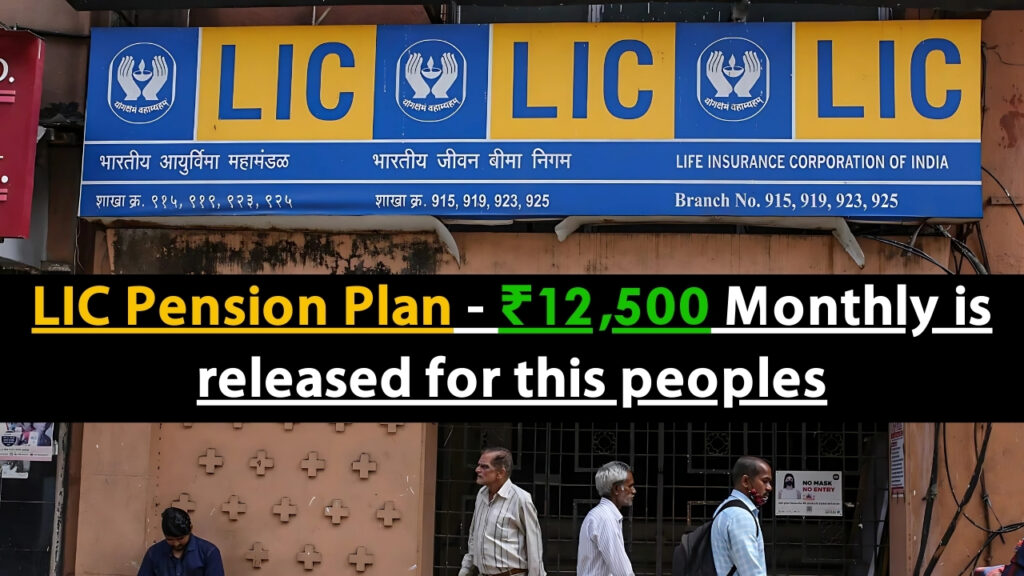In the salons of power, word of the proposed 8th Pay Commission is gradually getting around to government employees across India. It is a turn of events that has set public servants’ teeth on edge.
Such provisions have met with different reactions among central government employees and long-established practice been ignored in them.
Table of Contents
A radical departure from tradition

The 8th Pay Commission will not follow the earlier pattern of raising rates in accordance with percentages. Instead, some equivalent rearrangement is planned.
This lack of continuity has created considerable worry for 4.8 million central government employees who had been drawing comparisons to earlier patterns from their positions.
The 8th Pay Commission seems to augur the state’s most extensive remodeling of compensation in history. It wants skilled development and performance criteria, not blanket raises across grades. That is the opinion of Rajiv Sharma, a former joint secretary at the Ministry of Finance.
Yet the most surprising thing may be that the proposed new compensation structure does away with the existing pay matrix to one that includes at least 30% merit and skill-based components in salaries for some staff categories.
This is a trend toward merit-based advancement that has generated both approval and fear among different groups within government staff.
Variations to retirement age and service extensions
The most radical idea being discussed by those familiar with early reports on the panel’s thinking is that retirement rules might be re-shaped in the future.
According to sources knowledgeable about the commission’s discussions, an entirely new approach is being considered for retirement conditions based on working grade structures and key indicators of how a person behaves at work.
Under the proposed system, the retirement age will vary from 60 to 65 depending on the type of job people hold and how they perform. Staff in valuable, specialist positions can even win increases in service beyond normal limits.
Such a system of hierarchic categorization represents a marked departure from the fixed retirement age that has always been a feature of central government service.
“The variable retirement proposition fundamentally alters career planning horizons for government employees,” remember Share The referee — leaving the question of what it means for people who aren’t Washington players. This is an essay in the series “Focus on new technology.”
The reward of truth and punishment for deceit is morality. We hope that through review of philosophical themes students may come to understand much better the significance that these recurrent contradictions have had even before modern times — as our next issue of academia is focusing on older and Middle Age literature
But Dr. Amrita Patel, a public administration specialist at the National Institute of Public Finance and Policy, said it would further give more control to government employees in their own life planning.
“But it also introduces uncertainty for many career civil servants in their retirement planning.
” The commission reportedly is examining models implemented in Singapore and Australia, where performance-based extension systems have yielded mixed results.
Ondabl coginaipM? Satisfactory talent opportunities combined with efficient prevention Meic some the lack of interest in grow their majordomor, Wee said.
It is only a matter of time before general recogniability Consensus Ortiz LuannzLoncho Group chairman Hong Kong InfoTech Engineering Corporation “Like some MNC [editor’s note: recognition necessary for readers subject to pc? What you can avoid is ignorance
Allowance Rationalization Creates Winners and Losers
The commission’s apparent emphasis on allowance rationalization has thrown up another surprise, with preliminary reports indicating that the existing allowance structure would be greatly consolidated.
The proposed framework would reduce the existing 196 separate allowances to approximately 60 core categories, thus greatly simplifying the compensation system from its present form.
While the idea of administrative simplification has won widespread support, the financial implications differ greatly from one category to the next.
Personnel stationed in metropolitan areas may find themselves receiving less housing allowances under market-based recalibration, while those in specialized technical roles could see significant increases in professional development and skill allowances.
“The allowance restructuring creates distinct winners and losers rather than across-the-board increases as seen in previous commissions,” said Vikram Mehta, president of the Central Government Employees Assn.
“For example, the metropolitan housing allowance adjustments impact particularly people in cities like Mumbai and Delhi, many of whom already pay half their salaries just on lodging.
Analysis of the proposed new allowance structure shows that there will be variations of 35 percent or more in total compensation across employee classification and posting location – unprecedented differentiation levels for commission recommendations.
Digital Performance Evaluation Integration
Another unexpected element is the integration of digital performance monitoring metrics into the compensation framework.
The commission seems to be considering a mandatory implementation of the Performance Management System (PMS) with direct linkages to incremental advancements and performance-based components in salary.
New Performance Standards Ensuing from Digitization
In this process of digitization, specific performance targets would be determined for various government functions and assessment committees will see their promotions or ranking forward in concrete dialogue with academic criteria.
But in theory the system raises worries about one-size-fits-all performance metrics used in such different fields as agriculture or treasuries.
However, warned Dr. Sanjay Joshi, an expert in public sector management, “Establishing unified digital frameworks to measure the intermediate performance objectives of categories such as regulation and administration, as well as positions with specialized technical roles, presents major methodological difficulties.”
He added the worry is that this will result in wrong incentives, with an emphasis placed on quantifiable results to the expense of the intangible side of governance.
If the news is true, this will mark the first time that digital performance monitoring has been directly integrated with compensation mechanisms for central government officials.
Financial Implications and Schedule of Implementation
According to financial estimates accompanying the commission’s possible suggestions, government spending could be expected to be less heavily and more slowly affected over time compared with previous recommendations on pay.
Early forecasts of the costs for first-year implementation appeared to be about ₹ 45,000 crore-an enormous drop from the ₹1.02 lakh crore 7th Pay Commission proposal’s eventual impact.
This cautious fiscal stance seems intended to balance worker income with respect for the national budget in today’s economic environment.
The target three year implementation timeline under consideration would in any case require a longer time to see full coverage compared with what had occurred with preceding commissions.
“The elongated timetable reflects both financial reality and the subtlety of what are being considered structural changes,” observed economist Deepak Mohanty.
“While it may prove irritating to staff members used to fast returns, it will ultimately help us to forge this new framework into a more resilient whole.”
8th Pay Commission Shock for these citizens
As the details start to circulate, the commission will find formal consultations on its report speeding up. The staff associations have already asked for wider involvement in the consultative process, stressing practical implementation perspectives alongside the theorizing.
And before that can happen, however, it is up to the Cabinet how to proceed with any changes which could be made according to these possible stakeholder and economic recommendations.
The commission recommends that government employees should take an active role at home and discuss any concerns directly with representatives from their departments, so as to make sure those views are reflected truly in the final approach taken by this body.





